And then I played the Romero Creations Grand Tenor, which is a legitimate ukulele with four strings and everything, and it DOES capture that guitar feel. Specifically the Spanish guitar feel. The body is a bit bigger than most tenor ukuleles, and the result is a deep, rich tone than goes great with the low G setup that comes standard. It also features a ton of sustain, which isn’t standard for most ukuleles that feature more of a percussive nature. These two things make it really fun to play because you can do things like lay down bass notes on the low G and then play the melody on top of it or even use the sustain to draw out melodies, playing songs slower than you would normally, enjoying the beauty of the notes’ decay.
The Grand Tenor is also easy to play because the nut and fretboard are wider than your average ukulele’s. This gives you more space for your fingers to prevent any uncomfortable playing when trying to fret those intricate chords that Lyle Ritz refers to as “knuckle busters.”
But I’m getting way ahead of myself here.
Pepe Romero – famous for making Spanish guitars – decided in May 2011 to make ukuleles after a trip to Hawaii. He made a few and, before he was finished with them, they were already sold. So he made more and those sold out as well. Since 2011, he’s been making ukuleles and they’ve been very popular but they are a bit pricey and the wait time might be a bit longer than some people would want. So Romero decided to create a hand-made import line that still uses solid wood and has the same attributes as the ones made in his shop, but at greater availability and a more affordable price.
The result, as I was alluding to in the beginning of the review, is fantastic. The bigger body makes for a great, deep bass and the neck’s width is super comfortable to play on. The ukulele’s aesthetics echo the Spanish guitar theme with a spartan, minimalist look and the construction makes for a light, resonant ukulele that retails for around $679-$799, depending on the kind of wood you choose.
The only complaint I had about the ukulele was that there was a lot of added finger noise with the stock strings, but that’s just strings. No big deal. Besides: The rich bass and sustain still made it a pleasure to play and difficult to put down.
I will say that, while the uniqueness of the Grand Tenor really gives it that Spanish Guitar feel, it also separates it from more traditional ukuleles. If you’re a fan of the Spanish Guitar vibe with its aesthetics, rich tone, and sustain, this is a perfect ukulele for you. If you’re into percussive ukuleles, this might not be in line with what you’re used to, but it could still open up new doors to new playing styles and tones. But I get the feeling that this uniqueness (and the generally awesome construction and tone) is why Romero boasts a playing roster of ukulele greats like Daniel Ho, Mike Love, Eddie Vedder, Jack Johnson, and Jake Shimabukuro.

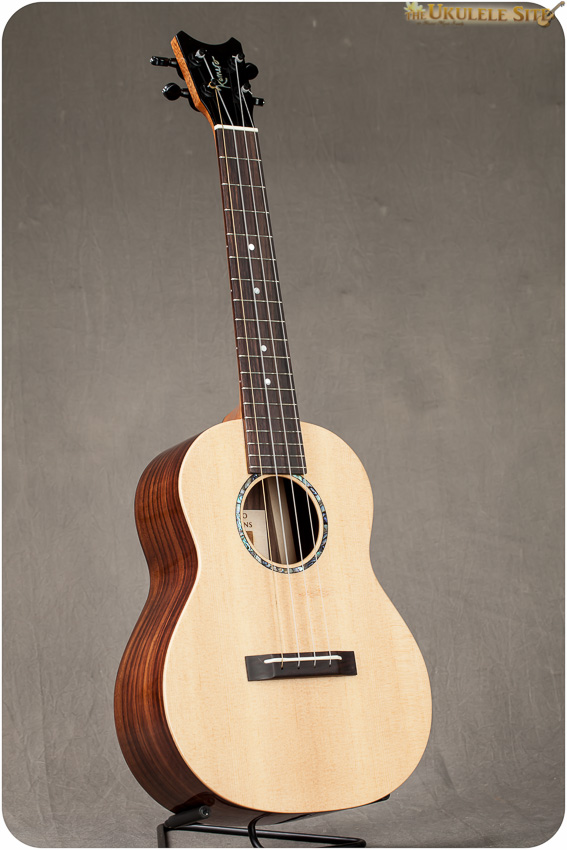
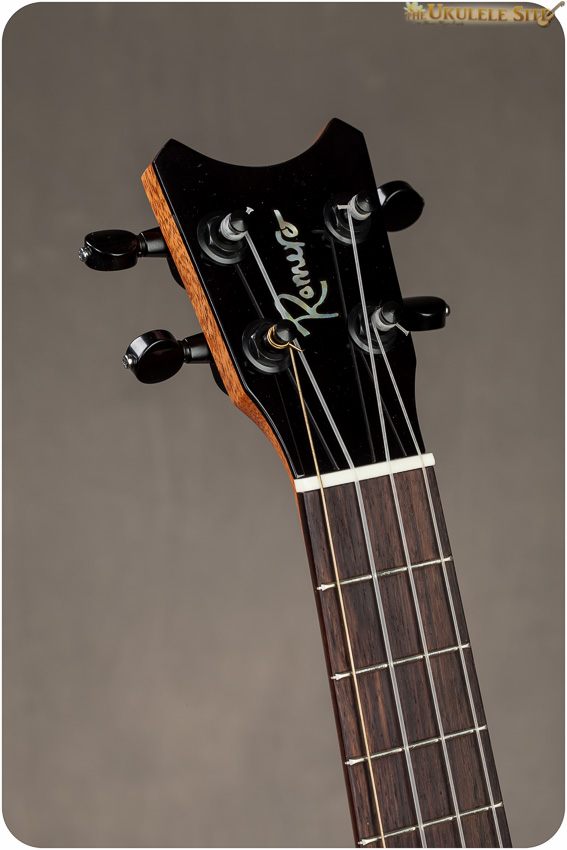
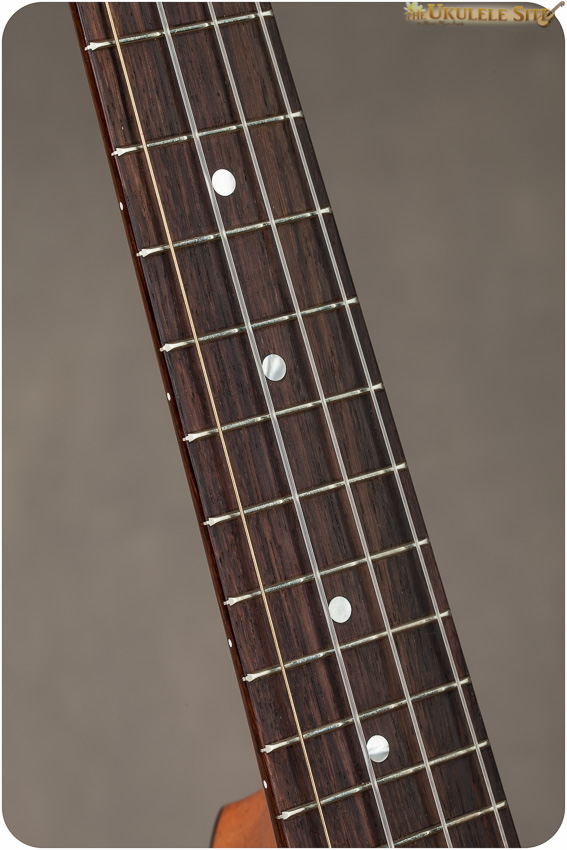
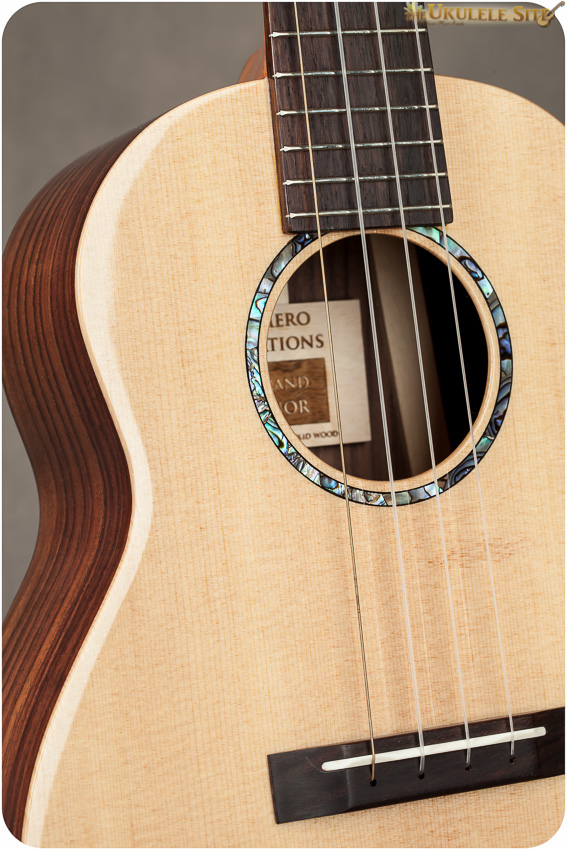
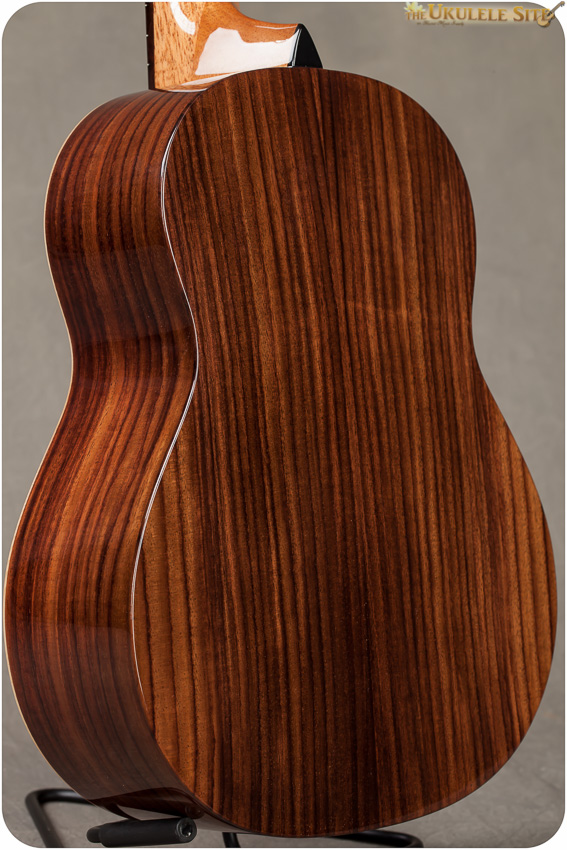
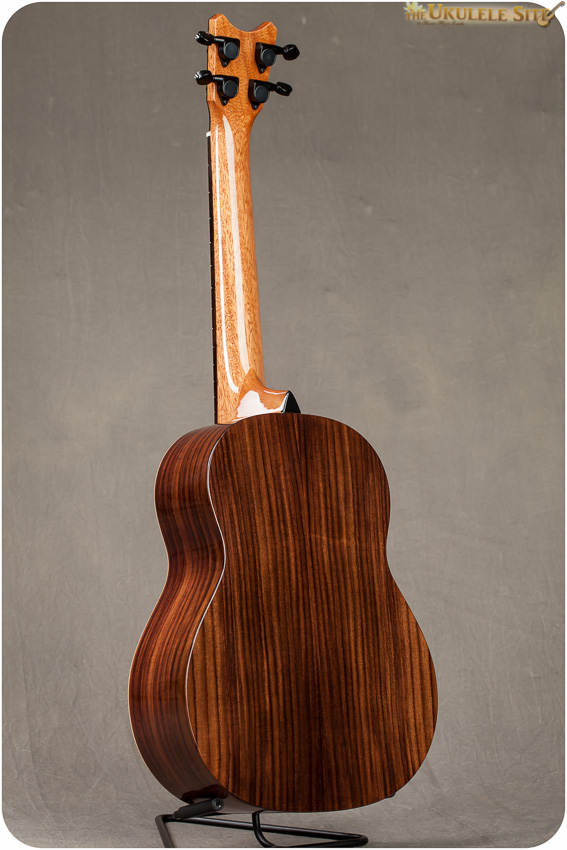
Comments 7
That’s a beautiful instrument!
Thanks for a great review. I have been wondering about These Grand Tenors, and your comparison to Spanish Guitars is very helpful since I’m mostly looking for a more guitar-like tone with long sustain. I would favour a radius fretboard, though.
Hi. What’s the name of the tune being played in the video? Is there a tab or sheet music available for it?
I’m currently playing a Romero Tiny Tenor (Spruce), which is my first ukulele, but I may get a Grand Tenor instead. I didn’t really have any particular reason for getting the “Tiny,” it just looked and sounded very nice. I wasn’t aware of the “Grand” until later.
Thanks!
-Brett
I have a Tiny Tenor in Koa. These are wonderful instruments!
These GTs certainly are appealing. I’d love to read how the spruce/rosewood model’s sound compares to that of the spalted mango, which I find stunningly beautiful.
I find description & concept of the Grand Tenor very appealing. However…no one seems to list actual specs, Even Romero Creations website says “oversize” & “wider neck and string spacing” but list no measurements. Anyone have actual dimensions, body width, depth, length, nut & spacing at bridge etc.
Author
Ah, I will do that soon and list it at our website. Thanks for the note.